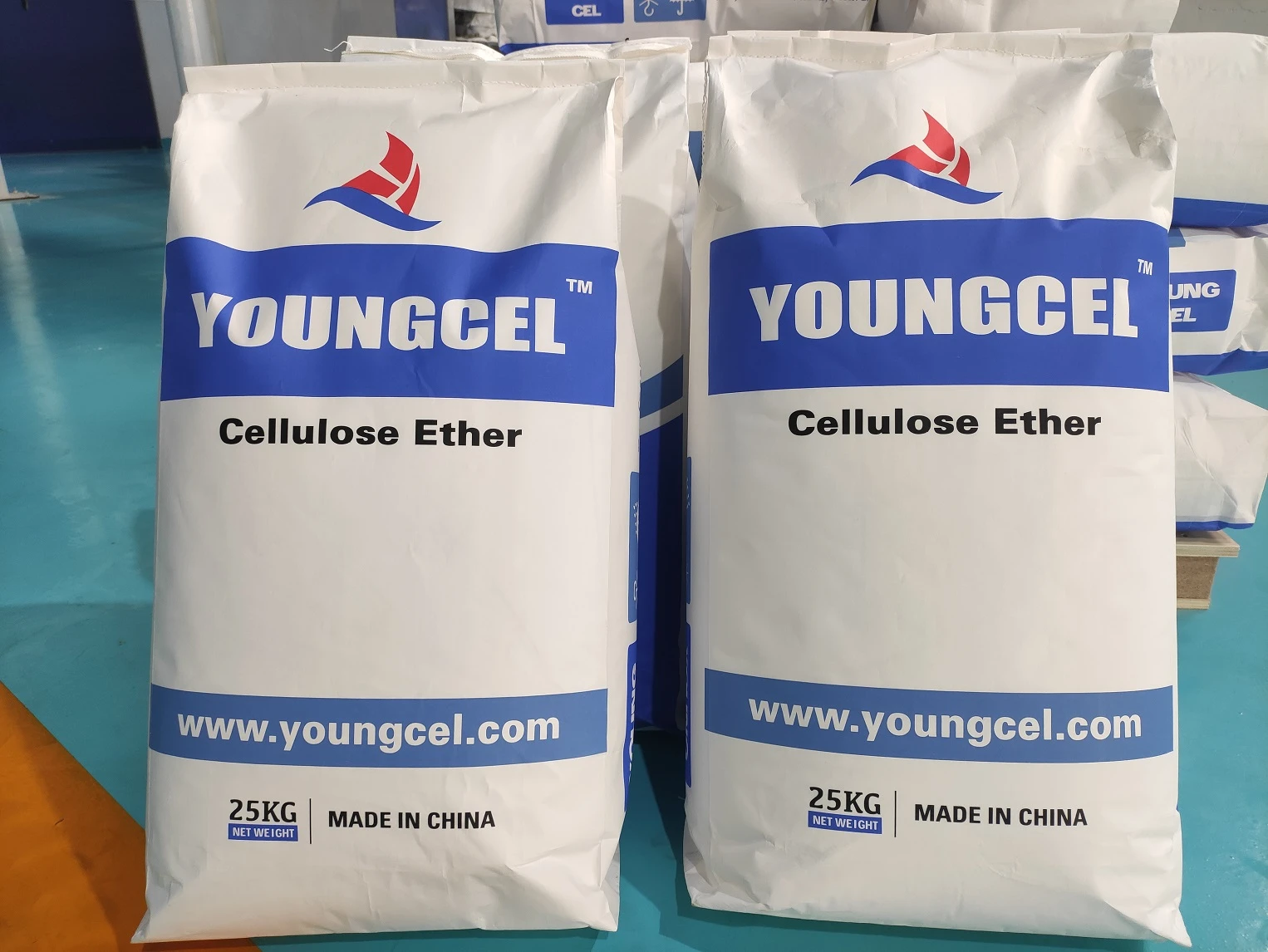HPMC Chemical A Versatile Polymer for Modern Applications
Hydroxypropyl Methylcellulose (HPMC) is a non-ionic cellulose ether that has gained significant recognition in various industries due to its unique properties and versatility. With a molecular structure derived from cellulose, HPMC is characterized by its ability to form thick, clear solutions in water, making it an essential ingredient in numerous formulations. This article explores the significance of HPMC, its applications, and the benefits it offers across different sectors.
HPMC is produced by chemically modifying cellulose through hydroxypropyl and methyl substitution. This modification gives HPMC its distinctive characteristics, such as water solubility, thermal stability, and enhanced adhesion. These properties make it an essential component in industries like pharmaceuticals, food production, construction, and cosmetics.
HPMC Chemical A Versatile Polymer for Modern Applications
The food industry also benefits greatly from HPMC. It is utilized as a thickening agent, emulsifier, and stabilizer in various food products. For instance, HPMC is commonly found in sauces, dressings, and baked goods, where it enhances texture and prolongs shelf life. Additionally, it is a popular choice for gluten-free products, providing the necessary structure and moisture retention that improves the eating experience.
hpmc chemical 200000

In construction, HPMC is valued for its ability to improve the workability of cement and gypsum-based materials. It enhances water retention, allowing for better adhesion and reducing the risk of cracking. Its use in tile adhesives, plasters, and caulking compounds ensures that these materials maintain their properties over time, even in challenging conditions.
The cosmetic industry also utilizes HPMC for its thickening and stabilizing properties. It is commonly found in lotions, creams, and gels, helping to create desirable textures and improve the overall performance of these products. Additionally, HPMC's gentle nature makes it suitable for use in products for sensitive skin, making it a preferred ingredient for many formulators.
One of the most notable advantages of HPMC is its safety profile. It is non-toxic, biodegradable, and free from allergens, making it suitable for a wide range of applications. This makes HPMC an attractive option for companies looking to develop eco-friendly products without compromising on performance.
As industries continue to innovate and adapt to changing consumer demands, the role of HPMC is likely to expand even further. Research and development efforts are focused on enhancing its properties and exploring new applications, including biodegradable packaging solutions and innovative drug delivery systems.
In conclusion, Hydroxypropyl Methylcellulose (HPMC) stands out as a versatile polymer with a multitude of applications across various sectors. Its unique properties, safety, and effectiveness make it an indispensable ingredient in pharmaceuticals, food products, construction materials, and cosmetics. As the world continues to evolve, the potential uses and benefits of HPMC will undoubtedly continue to grow, contributing to the advancement of technology and consumer products alike.






